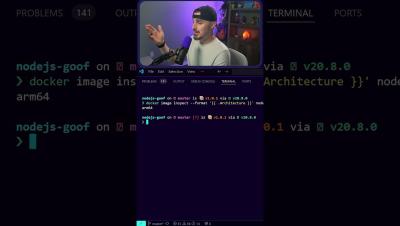A Look at Container Security Through the Lens of DevOps
Containerization has revolutionized application development, deployment, and management – and for good reason. The ability to automatically wrap an application and its dependencies into a single, easily deployable package helps developers focus on what they do best: writing code.











